Public EV charging costs rise to rival petrol
Green motoring isn’t as cheap as it used to be, as rapid charging sites continue to increase prices.
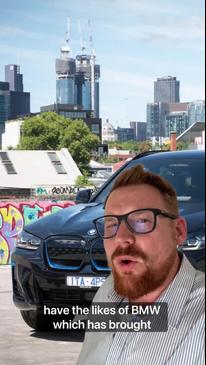
Motoring News
Don't miss out on the headlines from Motoring News. Followed categories will be added to My News.
The cost of fast-charging electric cars is accelerating beyond the price of refuelling conventional vehicles in Australia.
Though the “range anxiety” that discouraged people from buying electric cars has been mitigated by 1000 fast-charging outlets across the country, increasingly high charging fees could make drivers hesitant to make the switch.
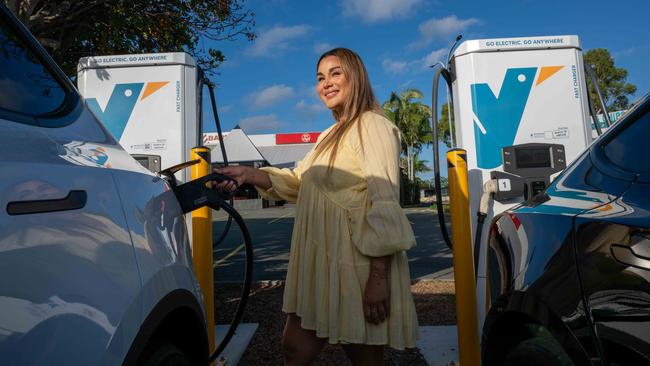
Evie Networks, Australia’s largest fast-charging provider, has increased prices by 80 per cent in five years, from 35 cents per kiloWatt hour in 2020 to 63c/kWh during peak periods today. Charging is slightly cheaper – 53c/kWh – during overnight off-peak periods which start at 9pm and finish at 10am.
Tesla’s Supercharger network is even more expensive for vehicles made by rival brands – some sites charge 92c/kWh for energy.
Recharging the 60kWh battery of a popular medium-sized EV such as the BYD Atto 3 could cost $55 for about 390 kilometres of range, while a larger Kia EV9’s 100kWh battery costs about $90 for about 500km of driving.
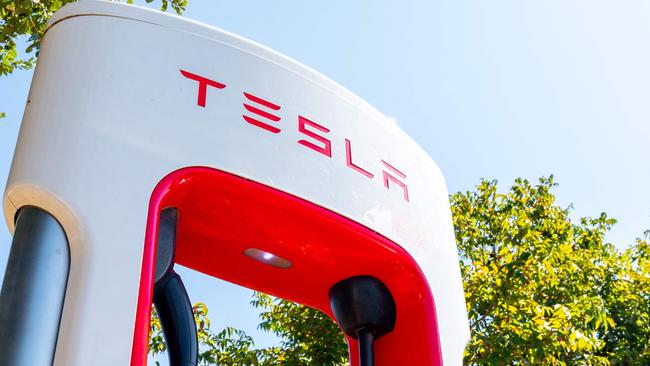
Compare that to a Toyota RAV4 with a 55 litre tank that costs $1.80 per litre to fill, or about $100 for a full tank returning more than 800 kilometres of range, and EVs can start to look like a tough sell.
On a dollar-per-kilometre basis, the most expensive EV chargers result in cars such as a BYD Atto 3 or Kia EV9 costing $14 and $18 to power for 100 kilometres, which is more than the $8 or $13 of a Toyota RAV4 or HiLux.
Evie Networks Head of Charging, Bernhard Conoplia, said public charging is cheaper than petrol at its outlets “however, high electricity costs, primarily driven by outdated distribution network tariffs designed without EVs in mind, threaten this advantage”.
“We are seeing some encouraging trials across the country, but national reform is required to maintain affordable charging for everyone.”
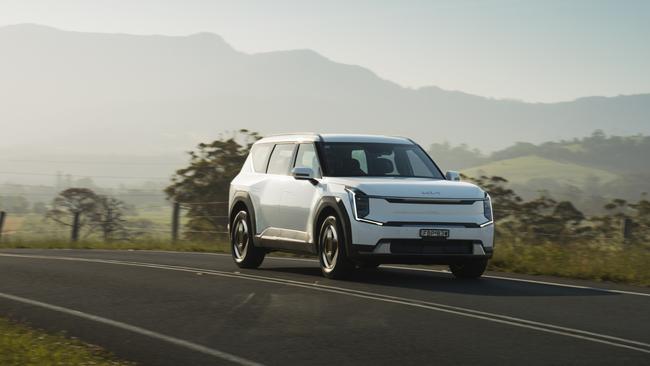
Australian EV owners are a long way from paying double the price of petrol for a full battery, which is the case in the UK.
Tim Washington, chief executive of EV infrastructure firm JetCharge, said fast charging was vital in the UK, where less than half of motorists have access to off-street parking, and cannot charge cars at home.
“We are lucky in Australia that so many people have ways to charge at home or work because that’s not true globally,” he said.
“Australia has one of the highest penetrations of off street parking in the world – about 70 per cent if you include apartments.
“About 90 per cent of EV owners charge at home or work, and about 50 per cent of those people charge with solar.
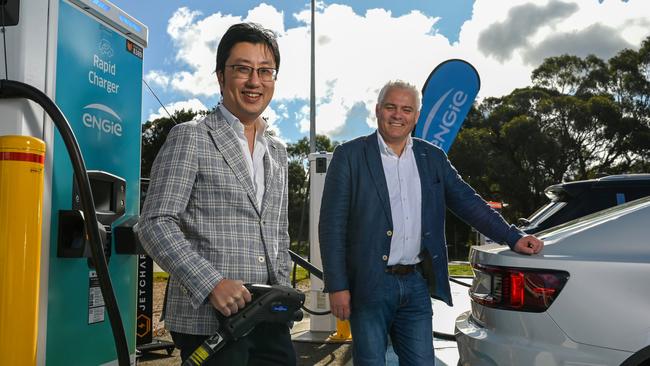
“There are a lot of people who drive for free.”
There have been speed bumps on the road to widespread fast chargers.
Ampol, which received a $100 million government grant in August to help pay for its “AmpCharge” outlets at petrol stations, has blamed electrical grid administrators for missed targets in its EV rollout.
Ampol chief executive Matt Halliday told investors in August that 100 charging sites were either under construction or awaiting connection, citing “enabling infrastructure” on the grid as a stalling point.
BP scaled back global ambition for its “BP Pulse” outlets in April and ChargePoint shut down its 46 Australian outlets in January, not long after Queensland-based EV hardware giant Tritium went bust in late 2023.
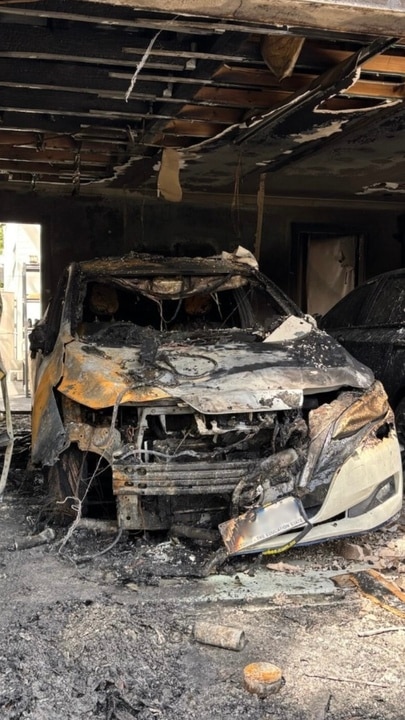
But others are moving from strength to strength, such as Tesla, which opened its 100th Supercharger site in Australia last month.
Mr Washington said increasing costs at public fast chargers would have minimal impact on people who already made the jump to EVs.
“It is a mindset shift from people in terms of how they view fuelling costs,” he said.
“Now, most drivers pay 100 per cent of their fuelling costs to petrol stations.
“In the future it will be a mix of costs and the 10 per cent of the time you use a fast charger is nothing compared to how much you save.”
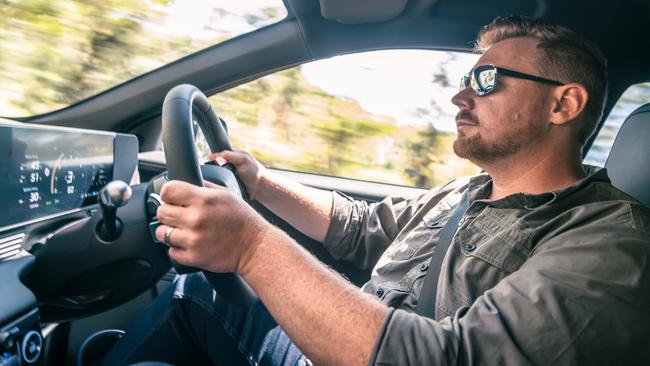
COMMENT: Timing is everything
It’s a great time to buy an EV – but perhaps not the best time to own one.
Early adopters were big winners in the electric car game, enjoying access to cheap charging both at home and on the road.
But that is changing.
Public fast chargers are becoming more expensive to use, and energy companies are getting stingy with feed-in tariffs from home solar setups, reducing the incentive to go green.
Yes, the number of public charger outlets is growing, but so have the number of EVs on the road.
That means you’re more likely to have to queue to use a charger, an inconvenience that is particularly prevalent on long road trips away from home.
Having tested more than 1000 cars as a motoring journalist, electric cars are one of my first picks for inner city runabouts, but the last for long road trips requiring multiple stops for petrol, diesel or electricity.
Discounting in the EV space has been rampant.
EVs are cheaper than ever – the most affordable MG electric car costs just $30,990 drive-away, following a price cut of about $10,000.
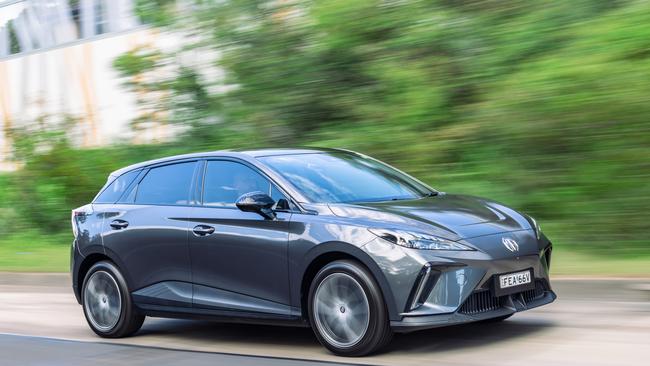
Others have slashed prices by more than that.
One of our most-read stories this year stemmed from a reader asking for advice surrounding the “nightmare” of Tesla resale values, as the brand slashed about $15,000 from the price of a new model not long after he took delivery of an electric Model Y.
Australian motorists have more EV options than ever.
Familiar brands such as Toyota, Ford and Subaru introduced EVs in the last 12 months, yet sales have stalled across the board.
And that’s before a torrent of models arrived from brands you’ve never heard of, such as Deepal, Denza, Zeekr, Leapmotor and XPeng. All have committed to introducing EVs in Australia in the next few months.
Whether they can find customers is another question entirely.
Originally published as Public EV charging costs rise to rival petrol



